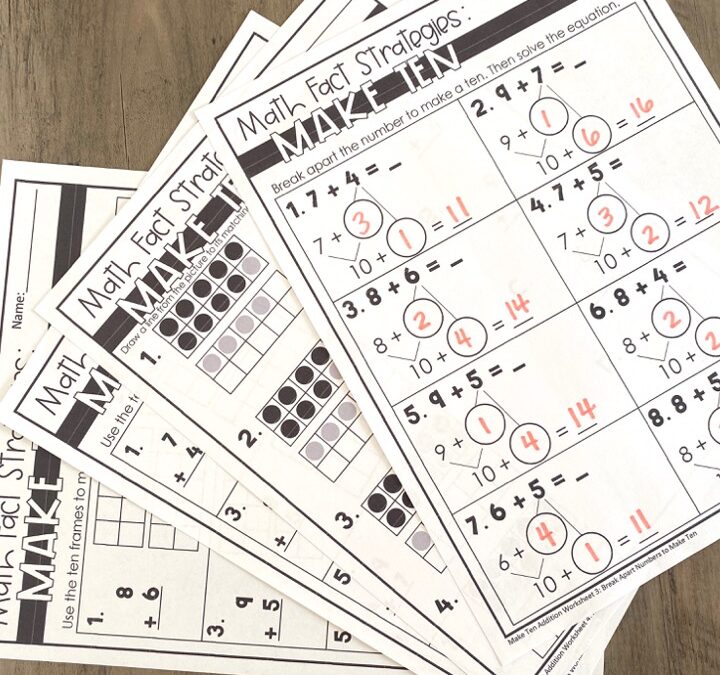Having students fluently add and subtract within 20 can be a big standard for 2nd grade students. After years of teaching, I have found 3 helpful tips when helping students master this common core standard.
But first… If you’re a parent who has a child struggling with math, you’ve got to check out Learner. Learner is an online tutoring platform that sets students up for success. To get started take a short quiz about your child’s needs. Then Learner’s Success Management Team reviews that and matches your child with the perfect tutor. Get your $25 trial here.
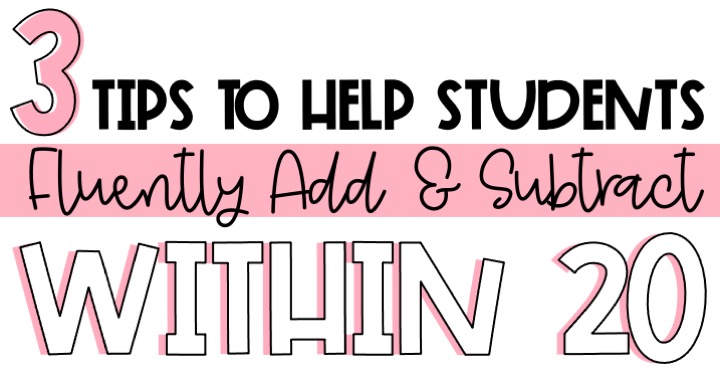
Fluently Add and Subtract Within 20
One way to help students fluently add and subtract within 20 is to give them fun practice activities. It is super simple to put addition and subtraction facts in games. These can be simple games like Math Facts War or Math Facts Bingo.
You may be thinking, “I only have so much time in my school day. How am I going to have time to have students practice math facts with games?”
And believe me when I say I get it. We have a lot to teach in a day and there are a lot of standards. But I have seen that when I give my students quality math fact practice, it helps them with higher level math and standards. Students grow in number sense and don’t get caught up on the facts when I teach 3-digit addition and subtraction.
So I’ve found some ways that I have squeezed in math fact games into my class schedule that doesn’t take a bunch of class time.
First, I have a center where students get to pick a math fact game. They get 10 minutes or so of quality math fact practice. And since the practice is in the form of a game, students are highly motivated to practice. For more on game based learning with math, read this blog post here.
After I introduce a new math fact game, I always set out the games as a fast finisher activity. That way when students finish an assignment they can get together with a couple classmates and play a game. I have a whole bin with math fact games and students know that they can choose any of those games during fast finisher time.
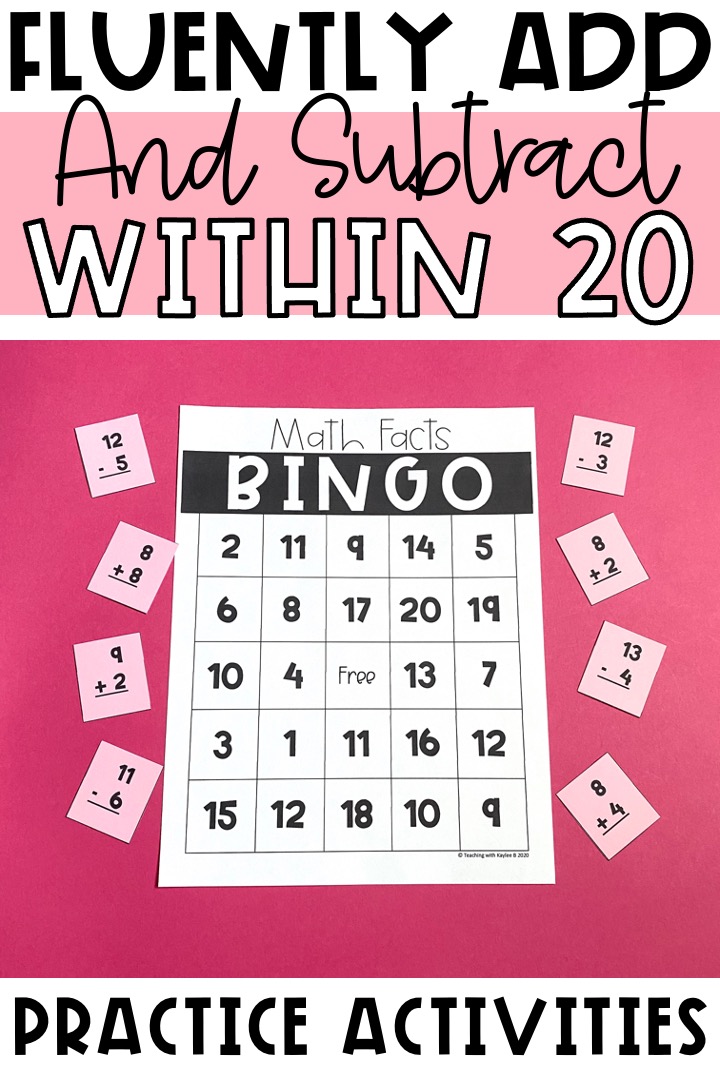
The best part about math fact games as fast finisher activities is that it doesn’t take up any of my extra class time. For a list of all the fast finisher activities I use in my classroom, read this blog post here: 12 Fast Finisher Activities That Are So Fun
My final idea on how to squeeze in math fact games into your classroom is to actually have a 10 minute math fact centers everyday. You have 5 different math fact centers and then students choose one to go to each day. So they go to all 5 stations by Friday. You can have one station be a math fact game. Another has students on a fact fluency computer program. Another has worksheets working on math fact strategy task cards. Another has students working on worksheets. And the last be a timed test and progress monitoring station with you.
As students get quality math fact fluency practice every day, it will help them fluently add and subtract within 20.
Find all the math fact games I use in my classroom here in this money saving bundle: Math Fact Fluency Games
Fluently Add and Subtract Within 20 Using Mental Strategies
Not only do students need fluency practice, but they need to be taught mental strategies in order to fluently add and subtract within 20. I like to teach a new strategy every day and give students lots of practice with those strategies. That way when they come to a math fact later on, they have a whole tool belt of strategies they can choose from.
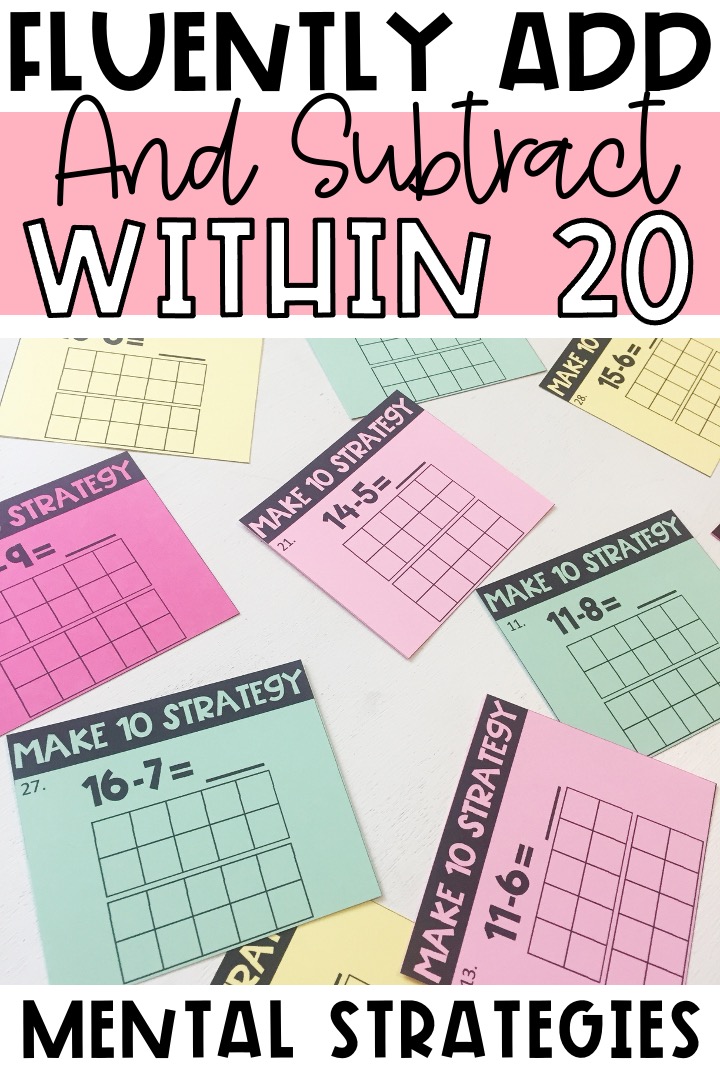
Math fact strategies help students solve math facts even if they have forgotten the answer in the moment. So it’s less stressful on students. They help students build number sense. After students get lots of practice with math fact strategies, they get faster and faster at using reasoning to find the answer. Helping them achieve math fact fluency. To find the list of math fact strategies I use in my classroom read this blog post here: Math Fact Strategies That Work
Here are my best tips for teaching math fact strategies. Once you teach the strategy, display an anchor chart to go with it. That way when a student is “stuck” on a math fact, you can direct them to your wall of math fact strategies. They can choose the one they want to use and find the answer.
After you teach the strategy, get students lots of practice. I like to have my students do a scoot activity with a partner. I set out task cards around the room and get each student their own recording sheet. Then they go around with their partner solving the math facts with that certain strategy. I love how this gets students talking about their reasoning. Plus, they get the support they need. Find these task cards to use in your classroom here.
After I teach all the strategies, I like to help my students continue to practice them everyday. I do this with a routine that I call “Math Fact of the Day,” I place up a math fact on the board. Then I give students some time to think about how to get to the answer.
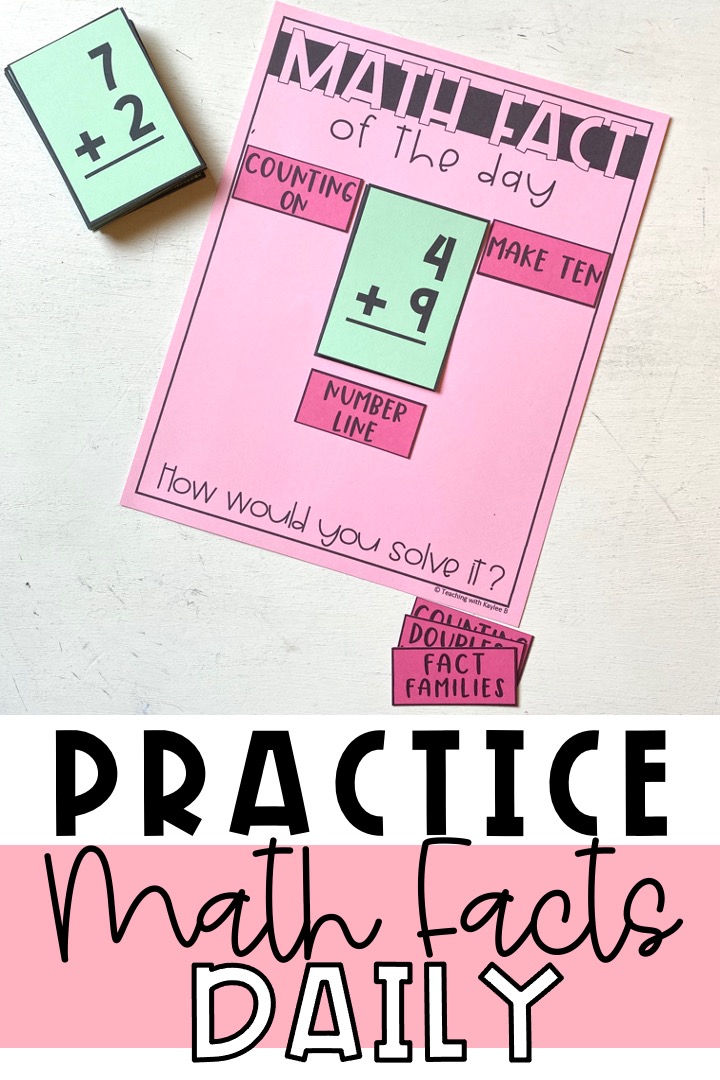
I have them share their ideas with a partner. Then I called a few students to share their reasoning. As they are sharing their mental strategies, I am recording their thinking up on the board. This is a great math warm up for the day. Find my Math Fact of the Day resource here.
Fluently Add and Subtract Within 20 Worksheets
Not only do I like to review math fact strategies everyday with my math warm up, but I like to set out fluently add and subtraction within 20 worksheets as center activities or fast finisher activities for practice opportunities.
I have timed test resources that students use a sand timer to time themselves. They can pass off tests are mark them off in their Math Facts Progress Monitoring Books. This is a great way for students to see their growth with math fact fluency and to make and reach goals. Find my timed test resource here and my math fact progress monitors here.
I like to set out other math fact worksheets out as fast finishers. These are fun worksheets that I set out every week. I keep them in folders on my wall so students always know where to find them. I also included a “turn in” folder. Students turn in their finished worksheets in that folder and then I go those them and get them a punch on their good choice punch card when they complete them. Find my good choice punch cards here.

I have three different kinds of worksheets I set out every week, math fact riddles, I-Spy math fact worksheets, and math fact strategy worksheets.
Math Fact Riddles
These are so engaging for students. They solve all of the math facts and then use the key to reveal the fun fact. Each page has a picture of the topic of the fact. So it really intrigues students to solve.
My students love these so much, they often ask for some they can do at home.
Find the Math Fact Riddles I use in my classroom here.
I-Spy Math Fact Worksheets
These are so fun for students! Each page asks them to find certain facts. For example, facts that make 10. Then they search through all the clipart and highlight the equations that equal 10.
When I want students to do more, I copy the recording sheet on the back of the page. For every equation they find on the page, they write it on the back and write the sum. This way gets them even more practice!
Students love searching through the page and playing I Spy. They kind of forget they are even practicing math facts!
I have these I Spy Math Fact Worksheets for the whole year. Each month has a different clipart theme to always keep students on their toes! They never get sick of them this way because the clipart changes. Find the year long bundle here.
Math Fact Strategy Worksheets
I still want my students to get practice with the strategies. So I print off a strategy worksheet for the week. The worksheet walks them through the strategy so that they build those mental connections. Find my math fact strategy worksheets here.
Fluently adding and subtracting within 20 can be a big task for teachers and students. But when you give students fun practice activities, teach the strategies, and let students practice with fun worksheets, they can master this common core standard. They can build number sense. They can build the foundation to higher level math. And they can build their confidence in their mathematical abilities.
Looking for a step by step guide to getting your 1st grade or 2nd grade students to math fact fluency? I’ve got one just for you: The 7 Steps to Ensure Math Fact Fluency.
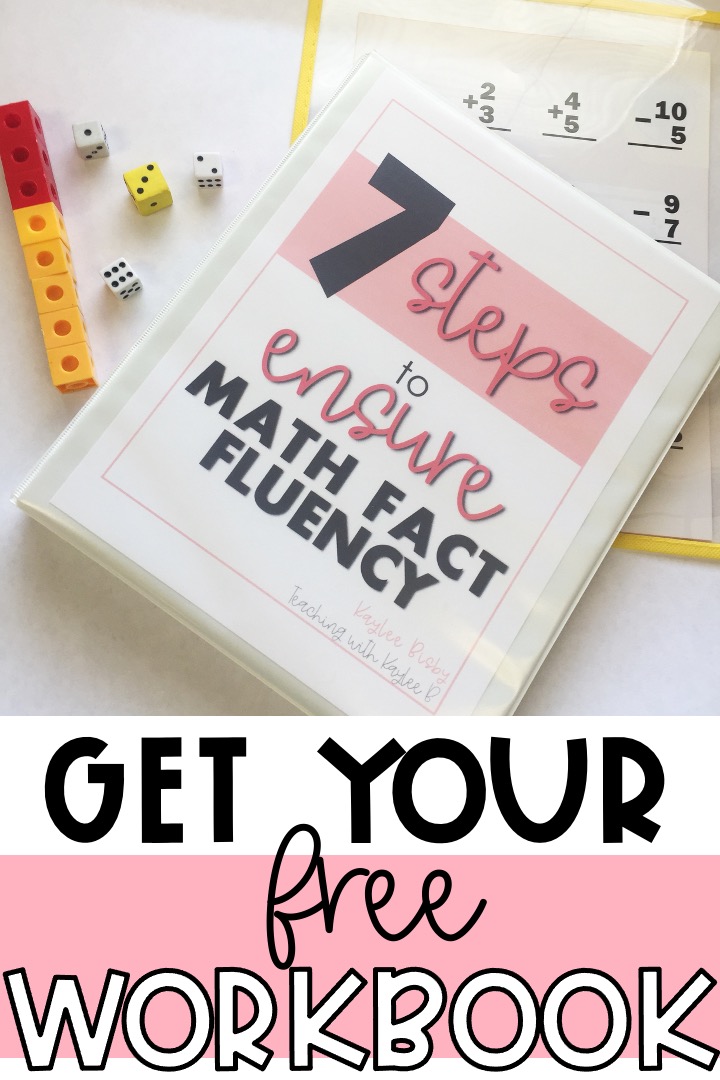
Download your free copy here.

